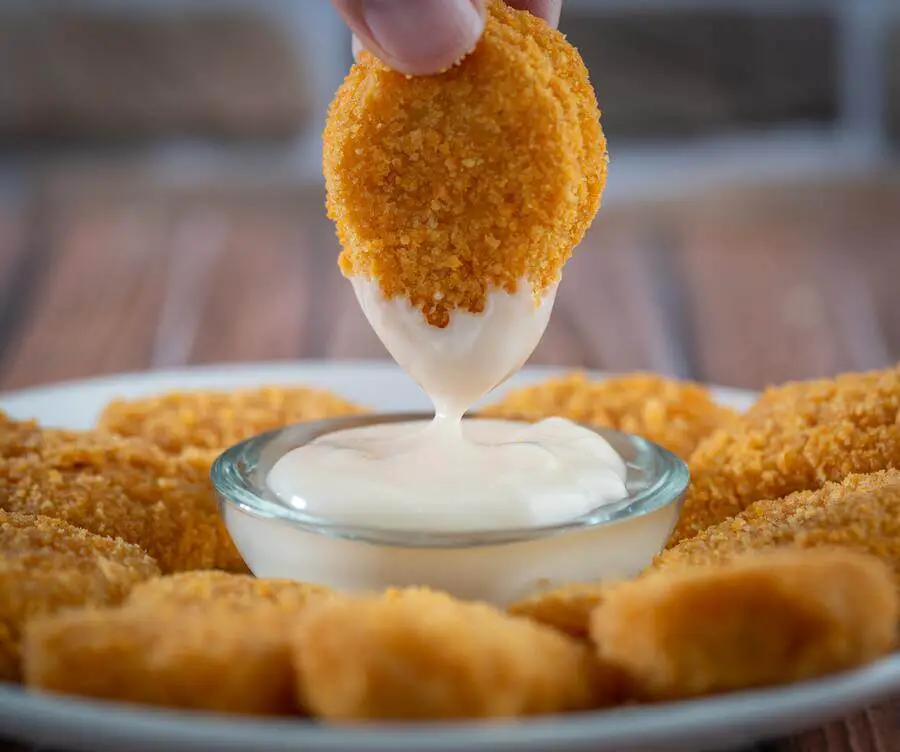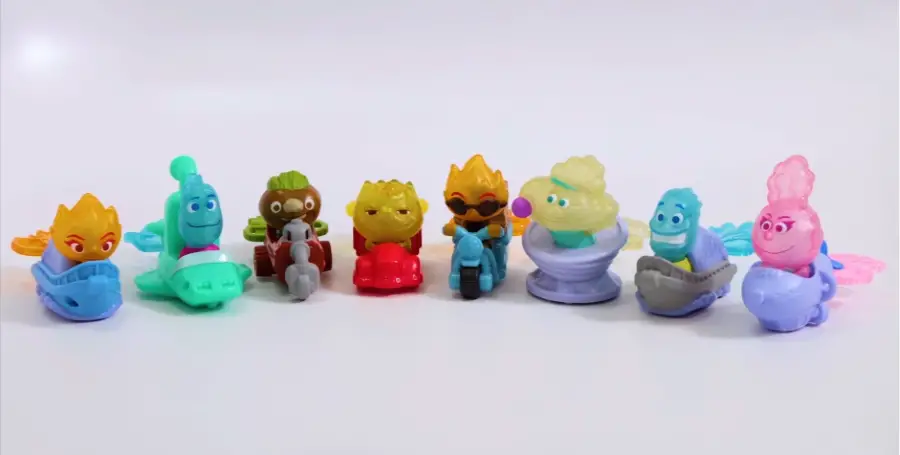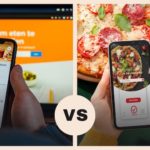Exploring the Fusion of McDonald’s and Virtual Reality
The Intersection of Fast Food and Cutting-Edge Technology
The fast-food industry has always been at the forefront of embracing new technologies to enhance the customer experience. From drive-thru windows to mobile ordering, technological advancements have significantly shaped how we enjoy our favorite meals. The latest innovation in this space is the adoption of virtual reality (VR), a technology that provides immersive, interactive experiences. At the vanguard of this revolution is McDonald’s, a brand synonymous with fast food globally (Source 1).
Historical Context: McDonald’s Embracing Technological Advancements
McDonald’s history of embracing technology dates back to its inception. The original ‘Speedee Service System,’ an early version of the modern fast-food assembly line, was a technological marvel in the 1940s. In more recent years, McDonald’s has adopted digital menu boards, self-order kiosks, and mobile ordering platforms. Today, the company is pushing the envelope further by exploring the potential of virtual reality (Source 2).
Virtual Reality in the Dining Landscape
Transforming the Customer Experience Through Immersive Technology
Virtual reality has the power to transform the dining experience by creating immersive, interactive environments. Customers can explore virtual spaces, interact with digital menus, and even get a behind-the-scenes look at the kitchen operations. This level of engagement goes beyond traditional dining, providing customers with a unique, memorable experience (Source 3).

The Rise of Virtual Reality in the Restaurant Industry
As VR technology becomes more accessible and affordable, its adoption in the restaurant industry is on the rise. Brands are using VR for various purposes, from training staff to entertaining customers. The use of VR in a fast-food setting like McDonald’s demonstrates the technology’s versatility and potential to enhance the dining experience (Source 4).
McDonald’s Virtual Reality Initiatives
Virtual Dining: An Overview of McDonald’s VR Projects
McDonald’s has launched several VR initiatives over the years. One of its earliest ventures into this space was in 2016 when it transformed Happy Meal boxes into VR goggles in Sweden. Customers could fold the box into a set of goggles, insert their smartphones, and enjoy a virtual skiing game (Source 5).
In another project, McDonald’s UK used VR to give customers a 360-degree tour of its farms, showing where the ingredients for its food come from. This initiative was part of McDonald’s commitment to transparency and sustainability (Source 6).
Collaborations and Partnerships Driving VR Innovation
McDonald’s success in VR can be attributed to its collaborations with technology companies and creative agencies. By partnering with experts in the field, McDonald’s has been able to create high-quality, immersive VR experiences for its customers. These partnerships highlight the importance of collaboration in driving technological innovation (Source 7).
The Menu Comes to Life: Virtual Food Exploration
Interactive Menus and Virtual Food Tasting
One exciting application of VR in the restaurant industry is the creation of interactive menus. Instead of reading descriptions of dishes, customers can see virtual representations of their meals before ordering. While McDonald’s has not yet implemented this feature, it is a potential area for future development given the brand’s innovative spirit (Source 8).
Bridging the Gap Between Online Ordering and In-Person Dining
Virtual reality can also bridge the gap between online ordering and in-person dining. For example, customers could use VR to virtually “visit” a McDonald’s restaurant, explore the menu, and place their order – all without leaving their homes. This could enhance the convenience of online ordering by adding an element of immersion and interaction (Source 9).
Beyond the Counter: Virtual Tours of McDonald’s Spaces
Exploring the Kitchen: Behind-the-Scenes Virtual Tours
One of McDonald’s most innovative uses of VR is providing customers with virtual tours of its kitchens. This initiative, launched in the UK, allows customers to see where and how their food is prepared, promoting transparency and trust. These tours are not just informative but also engaging, making customers feel more connected to the brand (Source 10).

VR Experiences in McDonald’s Play Areas and Lounges
McDonald’s has also experimented with VR in its play areas and lounges. In some locations, the company has introduced VR games and experiences for children and adults alike, turning the restaurant into a destination for entertainment as well as dining (Source 11).
Feedback and Consumer Response
Gauging Customer Reactions to Virtual Dining
The response to McDonald’s VR initiatives has been largely positive. Customers appreciate the innovative approach to dining and the opportunity to engage with the brand in new ways. However, some challenges have been identified, such as the need for high-quality VR equipment and the potential for motion sickness. McDonald’s continues to address these issues as it refines its VR offerings (Source 12).
Addressing Challenges and Concerns
While VR offers many opportunities for enhancing the dining experience, it also presents challenges. These include technological limitations, cost implications, and potential health concerns related to prolonged VR use. McDonald’s is actively working to address these challenges, ensuring that its VR initiatives are safe, accessible, and enjoyable for all customers (Source 13).
Future Prospects of Virtual Reality at McDonald’s
Anticipated Technological Advancements in McDonald’s VR
Looking ahead, McDonald’s is likely to continue exploring the potential of VR. Possible future advancements could include more interactive menus, virtual reality games tied to promotional campaigns, and even remote VR dining experiences. As the technology evolves, the possibilities for VR in the fast-food industry are virtually limitless (Source 14).
Potential Integrations with Augmented Reality and Artificial Intelligence
In addition to VR, other emerging technologies could also play a role in the future of McDonald’s. Augmented reality (AR), which overlays digital information onto the real world, could be used to enhance in-store promotions or provide additional information about menu items. Artificial intelligence (AI) could be integrated into VR experiences to personalize the dining experience, such as recommending menu items based on past orders (Source 15).
The Impact on Business Operations
Enhancing Efficiency Through VR Training Programs
Beyond customer-facing applications, McDonald’s is also using VR for operational purposes. Specifically, the company has started using VR for employee training. This approach allows staff to learn about kitchen procedures, customer service protocols, and more in a safe, controlled virtual environment. This not only enhances the efficiency of training but also allows for consistent delivery of information across locations (Source 16).
Virtual Reality’s Role in Employee Onboarding and Skill Development
VR can play a significant role in employee onboarding and skill development. By immersing new employees in their roles through VR, they can gain a better understanding of their responsibilities and the standards expected of them. This interactive approach to training can lead to higher retention rates and improved performance (Source 17).

Ethical and Societal Considerations
Balancing Technological Advancements with Customer Well-being
As McDonald’s continues to innovate with VR, it must also consider the ethical and societal implications of this technology. This includes ensuring that VR experiences are safe and do not promote unhealthy eating habits. As a leader in the fast-food industry, McDonald’s has a responsibility to balance technological advancements with the well-being of its customers (Source 18).
Ensuring Accessibility and Inclusivity in VR Dining Experiences
Another important consideration is ensuring that VR experiences are accessible and inclusive. This means considering customers with disabilities, those who are not technologically savvy, and those who cannot afford high-end VR equipment. McDonald’s must strive to create VR experiences that can be enjoyed by all of its customers (Source 19).
Conclusion
McDonald’s and Virtual Reality: A Symbiotic Relationship
The relationship between McDonald’s and virtual reality is symbiotic. McDonald’s uses VR to enhance the dining experience, engage customers, and improve its operations. In return, VR benefits from the exposure and validation provided by a global brand like McDonald’s. As this relationship continues to evolve, we can expect to see more innovative applications of VR in the fast-food industry.
Shaping the Future of Fast-Food Dining Through Immersive Technology
By embracing VR, McDonald’s is shaping the future of fast-food dining. The immersive, interactive nature of VR offers a new way for customers to engage with the brand and enjoy their meals. While challenges remain, the potential of VR in the restaurant industry is immense. With McDonald’s leading the way, the fast-food dining experience as we know it may soon be transformed.






